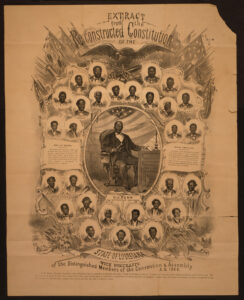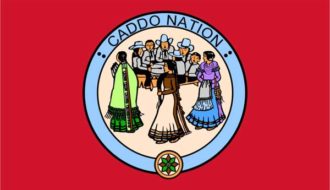
7.10 d.-e. Caddo Nation
The Caddo people, who began to inhabit the Red River valley approximately 2,500 years ago, were eventually pushed out of their traditional territory by Anglo-American immigrants.

The Caddo people, who began to inhabit the Red River valley approximately 2,500 years ago, were eventually pushed out of their traditional territory by Anglo-American immigrants.

Ancestors of the Jena Band of Choctaw Indians avoided resettlement and remained in Louisiana following the Indian Removal Act of 1830.
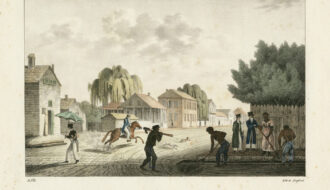
Enslaved people in Louisiana’s cities were engaged in nearly every labor role, from domestic service to dentistry.

During the antebellum period, Louisiana relied on the forced labor of enslaved people to work sugar and cotton plantations.
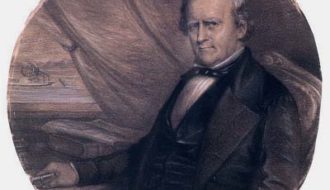
The Shreve Town Company was a business venture that led to the establishment of what is today known as Shreveport, the largest city in northwest Louisiana.
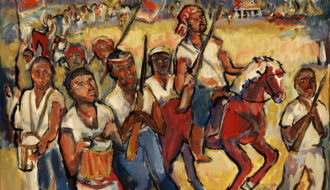
As many as five hundred enslaved people participated in an uprising against slaveholders in the Territory of Orleans.
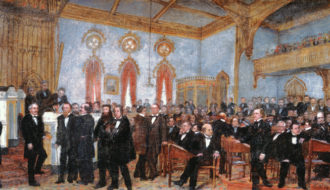
The election of Abraham Lincoln and threats to slavery’s expansion were two major factors in Louisiana’s decision to leave the Union.

The capture of Port Hudson in Louisiana gave Union forces control of the Mississippi River and was a significant turning point in the Civil War.

The years between 1861 and 1865 were the most tumultuous five-year span in Louisiana history.
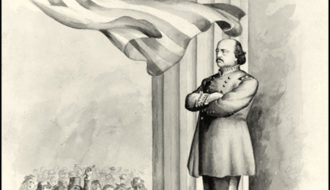
Federal forces occupied New Orleans, a strategic city at the mouth of the Mississippi River, from 1862 until the end of Reconstruction.

Louisiana native Pierre Gustave Toutant Beauregard was a prominent Confederate general.
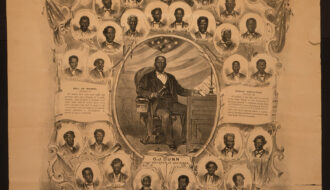
The post-Civil War period is known as the Reconstruction era, when the former Confederacy was brought back into the Union.
One-Year Subscription (4 issues) : $25.00
Two-Year Subscription (8 issues) : $40.00
